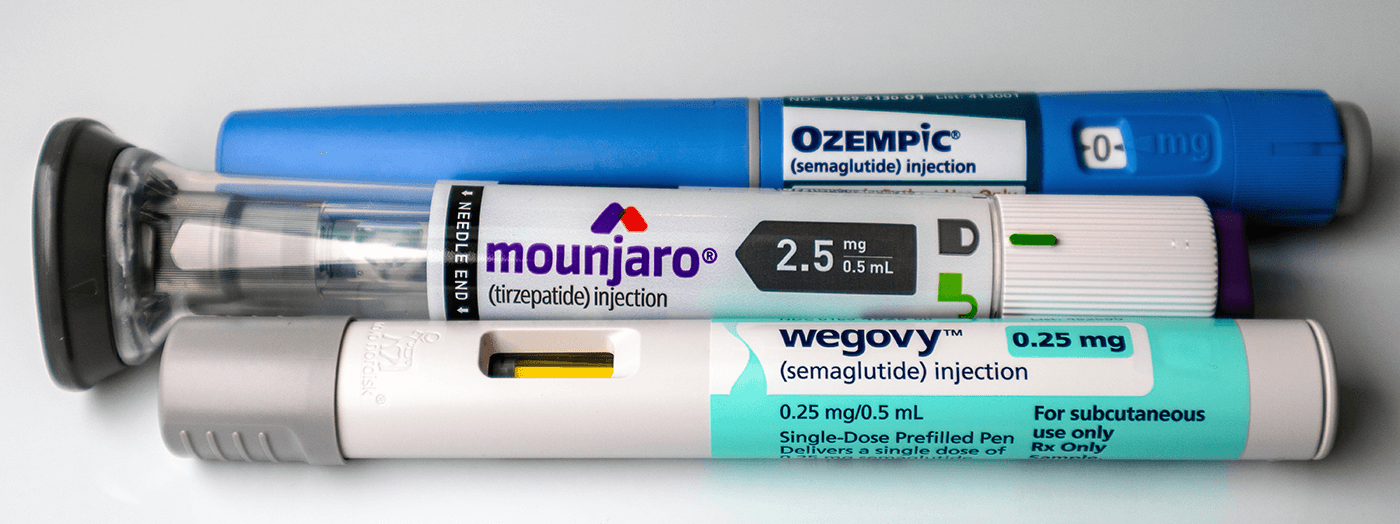Note: This article does not constitute medical advice. Please consult with your doctor before making any decisions regarding your health
High-intensity Interval Training (HIIT) is a great way to lose fat faster, but it's not that easy to get started with. Here are some helpful tips on how you can begin your HIIT journey today!
You've heard about the benefits of HIIT before, especially in terms of losing fat faster than traditional cardio exercise routines. But before knowing more about the benefits of HIIT, let’s dig into the detail about what exactly HIIT is.
What Is HIIT?
If you think about it, most exercises we perform daily fall under two categories: strength training or cardiovascular exercise. However, many people who have been exercising for quite a long time often forget about what really matters when it comes to fitness -- muscle mass gain.
In order to build lean muscles and increase our metabolism, we must engage in both types of workouts. Cardiovascular exercise helps us burn off excess fats, while strength training tones up our bodies by building stronger bones and muscles.
But wait… What does HIIT mean? Simply put, HIIT stands for "high intensity" followed by "intervals". So basically, it means doing an intense set of circuits within a short amount of time, without resting too much between them.
As far as results go, performing HIIT burns more calories compared to other forms of cardio and strength training. Perhaps what makes this method so effective is its ability to improve your aerobic capacity since it increases your heart rate significantly and keeps it elevated throughout the entire session.
On top of that, it also gets rid of stubborn belly fat pretty quickly, thanks to the higher number of repetitions performed during each circuit. If you still haven’t managed to shed that extra pounds just yet, maybe HIIT is the solution you were looking for.
Another reason why HIIT is such a popular choice among professional athletes and celebrities is that it allows them to train harder than they ever would normally due to their increased endurance levels.
As mentioned earlier, because of its shorter duration, they aren't able to perform the same amount of sets and reps as they usually would, thus making their sessions last longer.
The only downside here is that regular users may find themselves unable to handle these intensive workouts over time. Also, keep in mind that beginners should always consult with their doctors first before starting any kind of exercise routine.
Now that we got the basics down pat, let's talk about how exactly you can use HIIT to achieve better results in less time.
How To Begin Your High-Intensity Interval Training Journey
Once you decide to give HIIT a try, you won't be disappointed after seeing the amazing changes it brings about. Of course, you'll need to prepare yourself mentally and physically in advance. Nonetheless, below are some useful tips that could come in handy for getting started.
1- Start slow:
Although you probably feel ready enough after watching several YouTube videos or reading some articles online, it'd be best to take things slowly until you reach a point where you no longer require any assistance whatsoever.
Start with small distances and gradually work your way up, and remember to breathe properly.
2- Set realistic goals:
While achieving bigger goals sounds good in theory, setting unrealistic ones can actually backfire later on. Make sure to stick to measurable benchmarks whenever possible instead of going overboard in hopes of hitting impossible targets.
3- Create a plan:
Having a written schedule and sticking to it can definitely help. Plan ahead what you intend to accomplish per day and then divide it into different sections consisting of various activities based on the specific goals you have set for yourself.
4- Stay focused:
Concentrate solely on completing each task at hand rather than worrying about anything else. Work towards completing every single segment successfully, and then reward yourself afterwards.
5- Prioritize sleep:
Even though this isn't technically related to HIIT, rest is essential for anyone involved in any form of physical activity. Sleep deprivation has been shown to negatively impact cognitive performance, memory retention, moods, etc., so it's crucial to stay away from falling behind in bed. Try to maintain an 8-hour sleeping cycle at least, preferably 10 hours.
6- Eat healthy:
Eating junk food regularly doesn't contribute to burning additional calories, so try eating nutritious meals rich in protein and fibre whenever possible. Avoid skipping breakfast altogether, unless otherwise specified.
7- Use supportive equipment:
Find products that can aid you in reaching your fitness objectives. There are tons of options available nowadays, ranging from resistance bands and dumbbells to treadmills and rowing machines. Whatever suits you best, invest in something that can help you get the job done.
Take It One Step At A Time
One of the biggest challenges associated with HIIT is the fact that it requires you to push your limits constantly. Therefore, it's very common for beginners to end up feeling exhausted and frustrated after finishing their first session.
This shouldn't deter you from continuing with your program, however. Instead, focus on taking baby steps forward, whether big or small. Eventually, you'll realize that you have already made progress regardless of your initial level of experience.
Keep in mind that everyone reacts differently to various forms of exercise, including HIIT. Some individuals benefit immensely from it while others barely manage to complete half of the allotted segments, despite having plenty of energy left afterwards.
Take comfort in knowing that it takes practice to master any skill, so don't compare yourself to someone else's achievements. Every person is unique in his/her own ways.
Also, don't expect overnight miracles. Results may vary depending on individual factors like age, gender, genetics, current lifestyle habits, and diet quality.
Remember, persistence pays off. Stick to it and you'll soon witness positive changes appearing around you.
Make Sure You Have The Right Gear For HIIT
When it comes to choosing the proper gear needed to ensure maximum efficiency while undertaking HIIT, there are certain essentials that all participants should follow. These include consuming adequate amounts of water prior to working out, wearing comfortable clothing, ensuring safety, using appropriate footwear, warming up properly, stretching thoroughly, and hydrating again immediately after the session ends.
Water plays a vital role in regulating blood pressure, preventing dehydration, relieving fatigue, maintaining metabolic processes, helping reduce stress, promoting digestion, boosting immunity, and keeping joints lubricated.
Not drinking enough fluids can result in low output levels during strenuous efforts, leading to exhaustion and ultimately poor performance. On the contrary, excessive hydration can lead to bloating and discomfort.
Wearing loose-fitting clothes that allow unrestricted movement of limbs and torso is imperative. Tight outfits can cause unnecessary friction, resulting in overheating and chafing. Moreover, tight pants can hamper circulation, causing painful cramps and swelling.
Similarly, avoid wearing shoes with pointed toes, heels, and open-toe designs, as they tend to dig deeper into the ground and impede natural foot movements. They also restrict ventilation, leading to sweaty feet and potential blisters.
Always wear protective eyewear when necessary. Sunglasses block harmful UV rays, allowing you to sweat freely without exposing your eyes to potentially dangerous radiation. Furthermore, sunglasses protect against windy conditions that can hinder breathing.
Lastly, make sure you bring along sunscreen lotion to prevent sun damage caused by overexposure to sunlight.
Safety Measures/ Precautions
Safety is paramount. Always check your surroundings before beginning any sort of exercise and never venture alone anywhere you might encounter hazards. Never attempt any activity that involves the risk of serious injury to yourself or others. Consult with your doctor beforehand regarding any medical concerns you might have.
Stretching is absolutely mandatory. After exerting ourselves fully, it's normal for our muscles to feel sore and stiff. Stretching loosens and warms up our muscles, preparing them for future workouts. Just make sure to stretch properly and pay attention to details like the range of motion, posture, and joint flexibility.
Lastly, don't overlook the importance of post-session recovery. Properly rehydrating yourself after exercising ensures efficient nutrient absorption, prevents muscle tears, reduces inflammation, enhances the healing process, promotes quicker restoration of lost muscle tissue, improves coordination, aids in restoring muscle tone, and encourages the brain to release growth hormones that promote cell regeneration.
After a hard workout, replenishing your system with ample quantities of carbohydrates, proteins, vitamins, minerals, and electrolytes is critical.
Have Fun And Remember Why You're Doing This In The First Place
While it's true that HIIT is indeed challenging, it's certainly worth the effort provided you approach it with the correct mindset. Once you overcome the initial hurdles, you'll reap numerous rewards, including improved athletic abilities, greater muscle mass, enhanced mental clarity, boosted confidence, healthier skin




